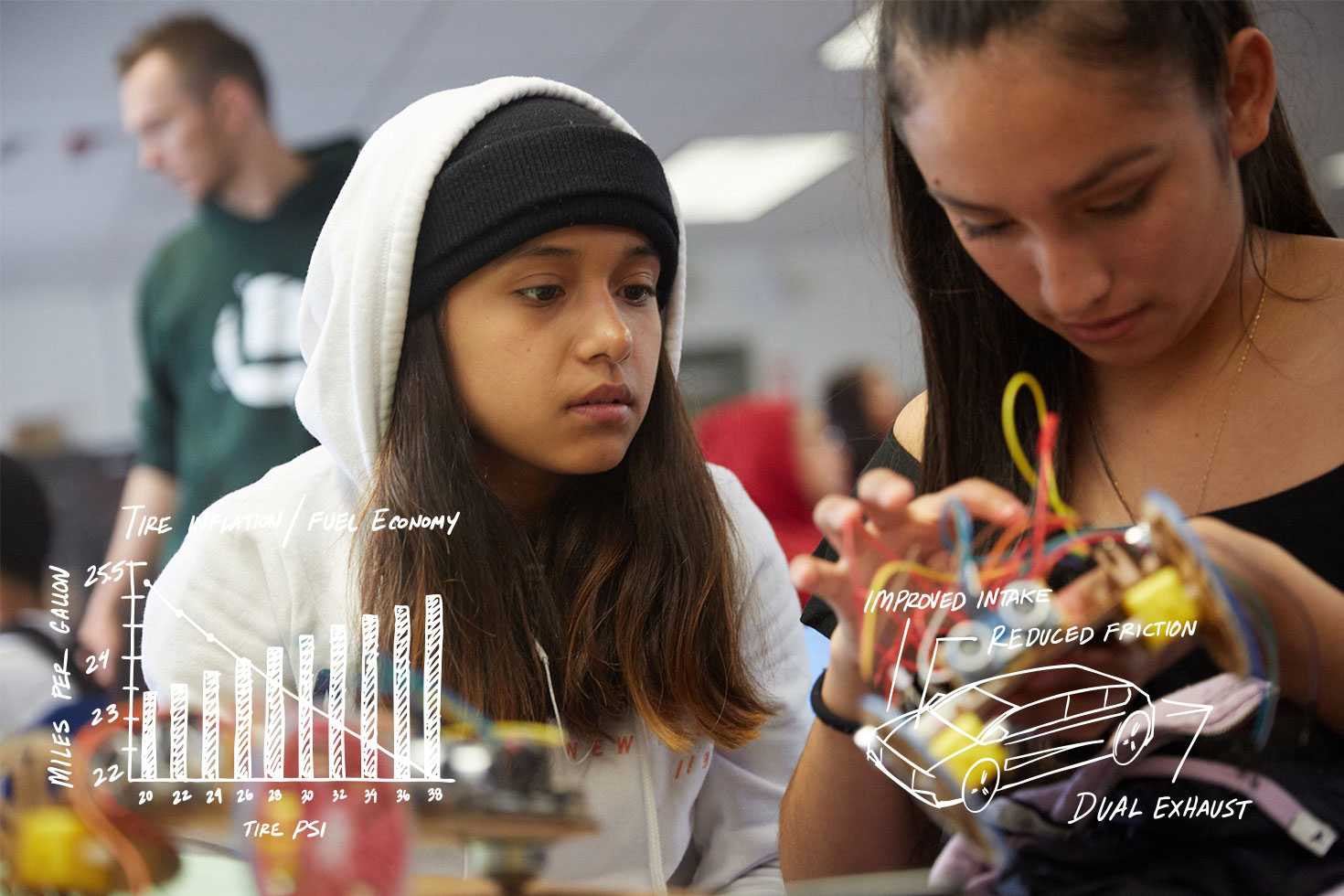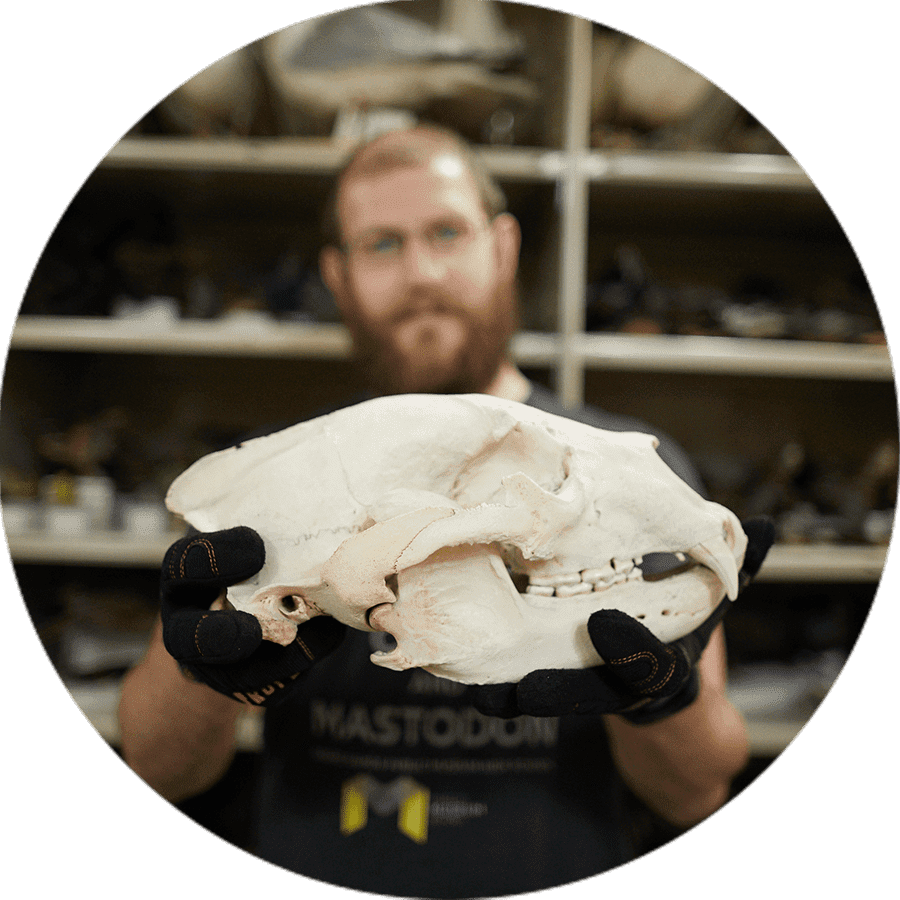2. Intelligence and talent are not fixed.

We can help students develop a growth mindset.
Fact:
Helping ninth graders adopt a growth mindset can improve grades and increase enrollment in advanced courses.
Source: Nature
The way students, and the adults around them, think about learning has a huge impact on how they acquire and retain knowledge.
According to Carol S. Dweck, a psychologist at Stanford University, students with a growth mindset understand that intelligence and talents can be developed through perseverance and hard work. Because they know this, they are active, risk-taking learners committed to overcoming obstacles and striving for accomplishment.
By contrast, students with a fixed mindset believe basic qualities like intelligence and talent can’t be changed—so they spend their time documenting rather than developing their own capabilities.
It’s essential for adults who work with adolescents to ask themselves what they can do to help students develop the growth mindsets that will serve them well in college and work. Instead of saying, “You’re so smart,” what if teachers said, “You must have worked very hard.” When students say, “ I’m just not good at math,” what if teachers said “No one is born with a math brain. Anyone can achieve at high levels with hard work.” How can we help students better see the progress they make?
The Science of Trauma—and Gestures That Can Heal
Witnessing traumatic events can have an impact on the physical development of a child’s brain. A supportive, caring adult can help overcome the effects of trauma by using five simple gestures.
- Celebrate. Use “put-ups,” not “put-downs.”
- Comfort. Stay calm and patient.
- Collaborate. Ask for their opinions.
- Listen. Show an interest in their passions.
- Inspire. Expose them to new ideas.
Stanford professor Jo Boaler explains why struggle is a good thing, an essential part of math learning.
View all videosDive Deep
![a student holding a small plant]() Developing a Growth Mindset
Developing a Growth MindsetHave you heard of the power of “yet”? In an engaging introduction to the concept of growth mindset, Carol S. Dweck shares ways to grow the brain’s capacity to solve tough problems.
Watch![a student smiling]() How Kids Really Succeed
How Kids Really SucceedIn a thoughtful article in the Atlantic, Paul Tough explains how schools can help students growing up in difficult circumstances overcome the effects of adversity.
Read![a student holding an animal skull]() Embedding Youth Development
Embedding Youth DevelopmentThought leaders Michele Cahill and Karen J. Pittman discuss how strong schools can empower students to discover their identities and take charge of their own learning.
Read More![a student fastening a bolt]() The Mindset Kit
The Mindset KitThis toolkit from Stanford University helps adults understand mindsets that support student learning and ways to foster them in youth.
Read More
Analyze
In “Teaching Adolescents to Become Learners,” Camille A. Farrington and a team of colleagues identify four core mindsets that encourage academic perseverance.
- I belong in this academic community.
- My ability and competence grow with my effort.
- I can succeed at this.
- This work has value for me.
Step 1 – Research
Brainstorm two or three specific practices that you could build into your school design to help students develop each of these essential mindsets. Remember that young people in your community have had very different experiences with these mindsets in the past. Present your ideas to local experts and students to get additional suggestions.
Step 2 – Reflect
Share findings with your team and explore these questions:
- Why is academic perseverance important for young people’s future success?
- Which practices do you believe will most effectively help students develop academic perseverance?
- How might you build those practices into your school design?




